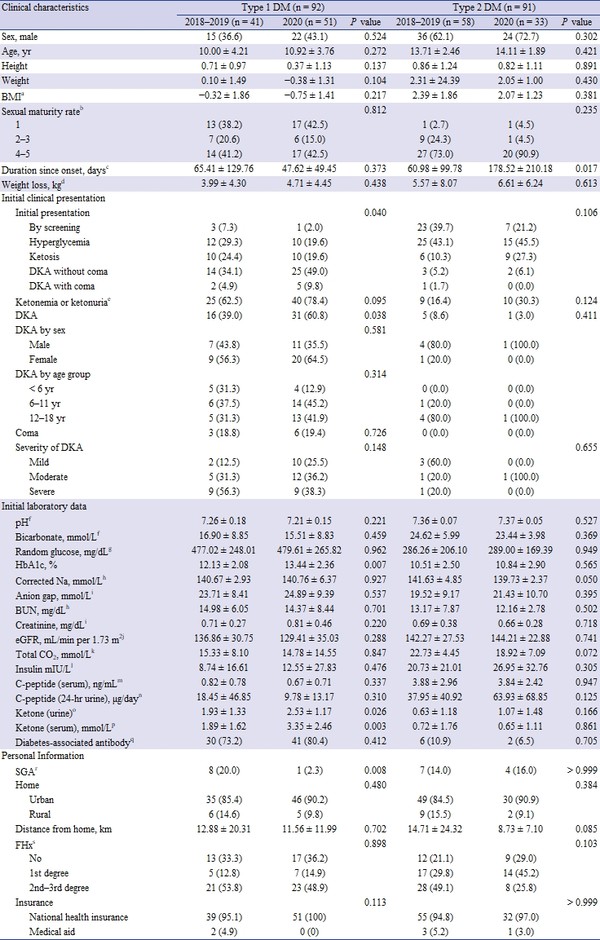Fewer hospital visits during the Covid-19 pandemic pushed up the incidence of diabetic ketoacidosis (DKA) among pediatric diabetes patients, a study said.
DKA is an acute metabolic complication that occurs when blood sugar rises due to insulin deficiency in diabetic patients. Symptoms of DKA vary from fatigue and vomiting to changes in consciousness. DKA treatment requires the administration of IV fluid or insulin.
The research team of the Seoul National University Bundang Hospital’s Pediatrics Department published their study, “Comparison of Initial Presentation of Pediatric Diabetes Before and During the Coronavirus Disease 2019 Pandemic Era,” in the Journal of Korean Medical Science.
The researchers collected data from newly diagnosed patients with type-1 or type-2 diabetes aged 17 or younger who visited SNU Bundang Hospital, Korea University Ansan Hospital, Inje University Ilsan Paik Hospital, and Soonchunhyang University Bucheon Hospital from January 2018 to December 2020.
In the pre-pandemic period of 2018-2019, 41 patients had type-1 diabetes, and 58 had type-2 diabetes. During the pandemic in 2020, 51 were type-1, and 33 were type-2.

The research team compared the incidence of DKA in those patients between the pre-pandemic period (2018-2019) and the pandemic period (2020) and found that the proportion of DKA cases increased during the pandemic compared to the pre-pandemic period.
In 2018-2019, 21.2 percent of pediatric diabetes patients had DKA. However, the proportion went up to 38.1 percent in 2020.
Ketonemia or ketonuria cases rose (59.5 percent) in 2020, compared to those in 2018–2019 (35.8 percent), but there was no difference in DKA severity between the pre-pandemic and pandemic periods.
The study showed that DKA was more likely to occur in type-1 diabetic patients.
DKA in type-1 diabetic patients increased from 39 percent in 2018-2019 to 60.8 percent in 2020.
HbA1c, the average blood sugar level for the last two to three months in urine, was also up from 12.13 percent in 2018-2019 to 13.44 percent in 2020. Ketone levels were also elevated from 1.93 to 2.53.
In patients with type-2 diabetes, there was no significant difference in symptoms between 2018-2019, and 2020. However, the duration of symptoms increased from 60.98 days in 2018-2019 to 178.52 days in 2020.
The research team noted that the study had limitations because it was difficult to generalize nationwide trends out of the data collected from only four hospitals in Gyeonggi Province.
However, the team emphasized that the government policies to minimize infection could deteriorate patients’ health.
“This has a greater influence on children and adolescents than on older people,” the research team said.
“Thus, healthcare providers must increase the awareness of pediatric diabetes, especially DKA, in the caregivers or families to facilitate hospital visits for early diagnosis and reduce DKA prevalence,” the research team concluded.

